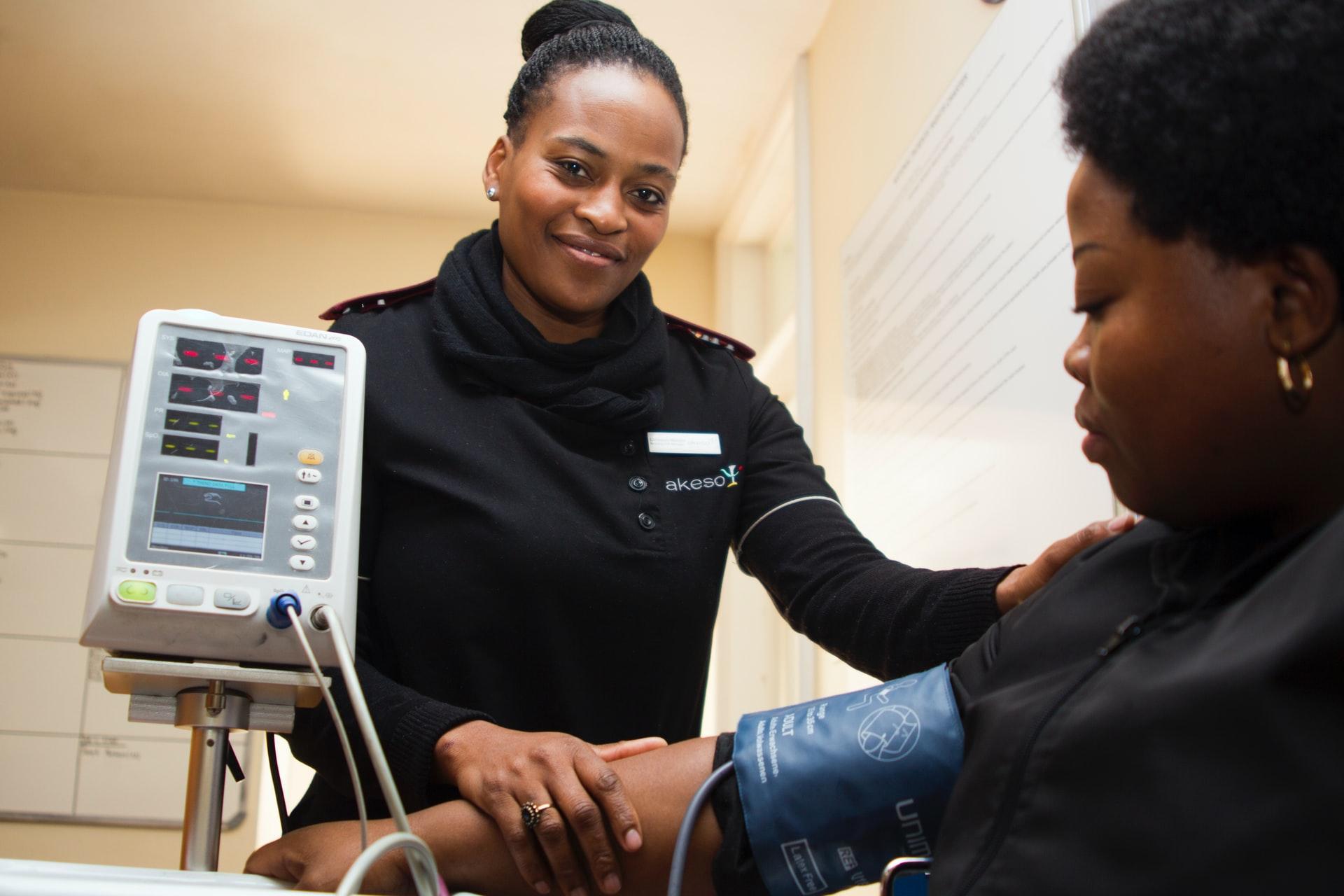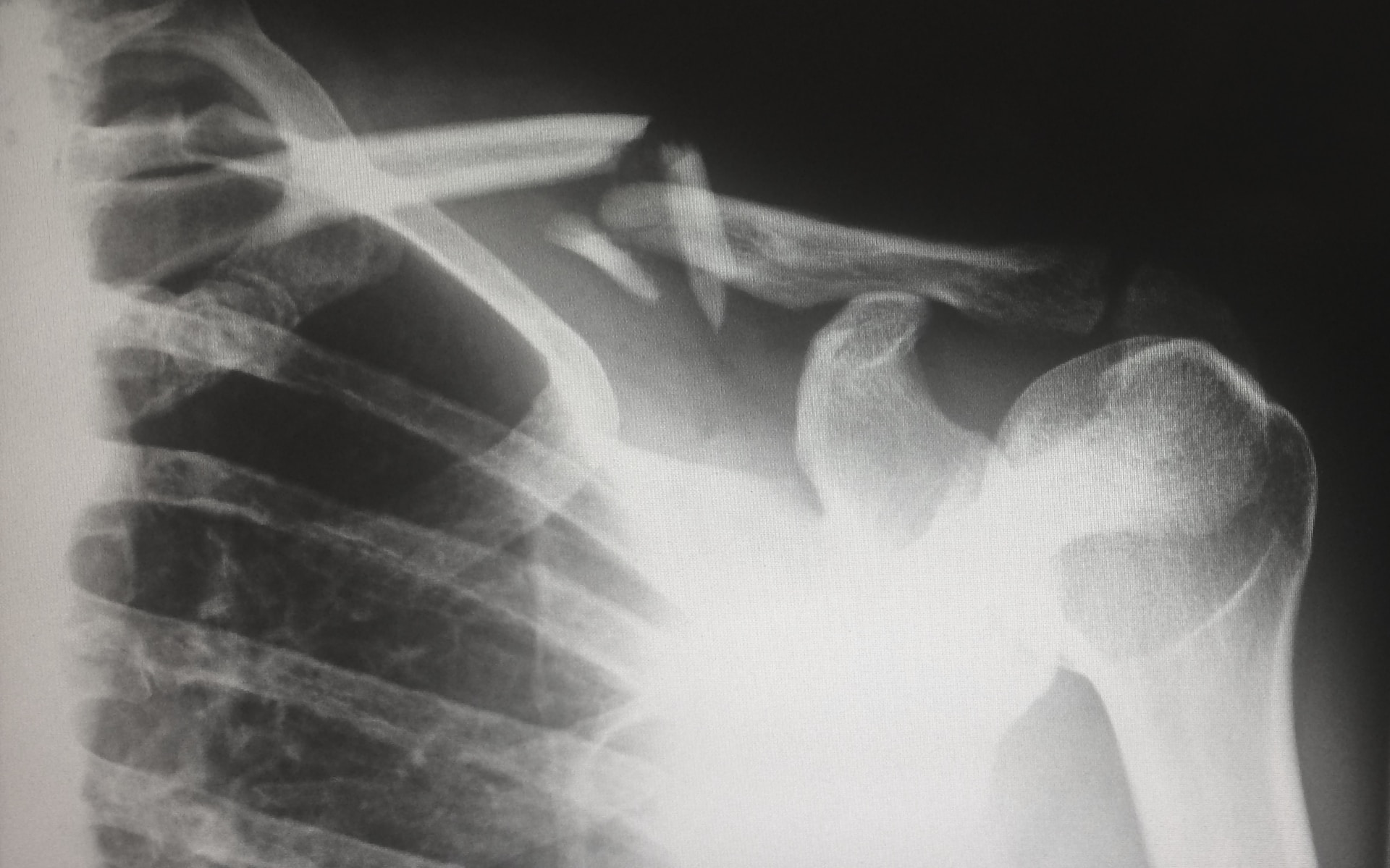After a car accident, the last thing you want to worry about is paying for your medical expenses, but it’s an unfortunate reality for many Americans.
It’s estimated that 62.1% of bankruptcies were caused by medical issues, so it’s vital to stay on top of payments before they’re unmanageable.
Speaking to a Personal Injury Lawyer About a Letter of Protection
If you were in a car accident or injured yourself in a private establishment, you can hire a lawyer and receive compensation. While this may cost more upfront, it’s worth it for several reasons.
When you’re represented by a personal injury lawyer, you can choose to settle or sue the at-fault person’s insurance company for your expenses.
Since this process can take months or years, a Letter of Protection is issued to protect you from mounting interest payments and loan defaults.
While a Letter of Protection won’t pay off your expenses, it will prevent them from getting higher. However, medical providers won’t accept a LOP from an accident victim. But If you’ve been in a severe accident in Florida, you can hire the lawyers at Dolman Law Group and request a LOP.
How to Pay for Medical Care After a Serious Accident
Medical debt can be prevented or lowered after an accident if you have the right tools in place. If you’ve already been in an accident, you still have lots of options, including some of the following.
1. MedPay or Personal Injury Protection (PIP)
Most auto insurance companies will offer PIP coverage as an add-on if you live in a no-fault state. If you were in a car accident, PIP would cover reasonable medical costs for you and your passengers. MedPay does the same regardless of fault but limits your payout to $10,000.
2. Uninsured Motorist Coverage
Although car insurance is mandatory in the US, millions of drivers are currently uninsured. If you get in an accident with an uninsured driver, uninsured motorist coverage will pay for your medical care. Uninsured motorist coverage will even protect you during a hit-and-run in most states.
3. Employer-Backed Health Insurance
While most employer-backed health insurance won’t cover specialty services, like chiropractic care, it can cover most doctor office and hospital-based medical costs. However, most of these costs will have to be paid out of pocket before they’re reimbursed, so build up some savings.
4. The Children’s Health Insurance Program (CHIP) and Medicaid
CHIP is a program that offers medical coverage to children, whereas Medicaid does the same for low-income citizens, pregnant women, and others. A financial services coordinator may suggest applying to one of these programs if you’re in the hospital and don’t have coverage.
5. Veteran Affairs (VA) Coverage or Medicare
Once you’re 65 or older, you can opt into Medicare. Medicare parts A and B covers up to 80% of your medical expenses. Medigap and Part D covers the rest. VA coverage is similar to Medicare but is only available to veterans who actively served in the military, air services, or navy.
6. A Low-Interest Loan From the Bank
Getting a loan isn’t ideal, but if you don’t have any other option, you should consider it. There are several low-interest loans to choose from, especially if you have a decent credit score. Plus, you’ll be able to pay off the interest (and most of the principal) while you’re getting treatment.
7. Workers’ Compensation
If you were injured while performing your regular work duties, you might be able to apply for workers’ compensation. However, you have to document the accident when it occurs. If you were injured in a vehicle, you or your company has to seek subrogation from the at-fault driver.
















